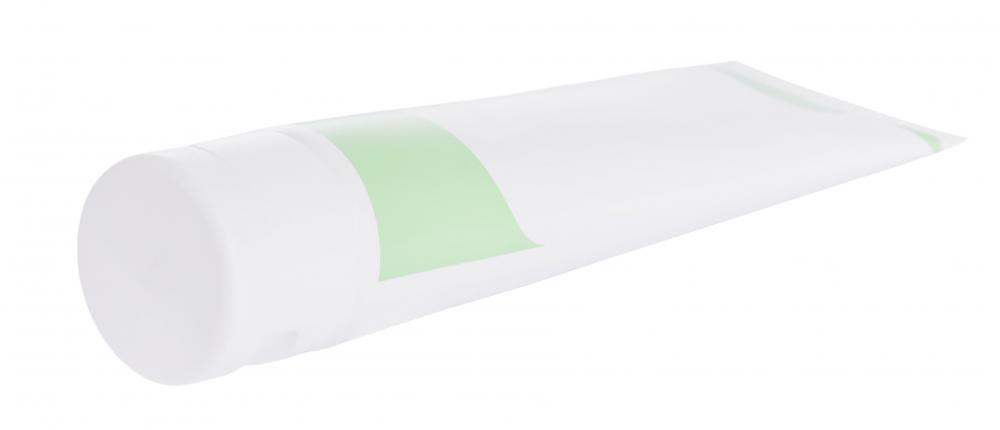At WiseGEEK, we're committed to delivering accurate, trustworthy information. Our expert-authored content is rigorously fact-checked and sourced from credible authorities. Discover how we uphold the highest standards in providing you with reliable knowledge.
What Is a Toenail Excision?
A toenail excision is when the toenail and sometimes the nail bed from which the toenail grows is removed surgically or destroyed. This procedure is typically used to treat ingrown toenails and thickened toenails which do not respond to other treatments. The out-patient surgery is fairly simple and does not require extensive follow up care.
Ingrown toenails or thick toenails are the two most common problems treated with a toenail excision. An ingrown toenail occurs when the edge of the nail grows into the skin surrounding the nail, causing pain, swelling, and often infection. A thickened nail usually develops from a fungal infection of the nail bed. When an ingrown toenail recurs or the fungal infection in the nail bed does not respond to drug treatments, a toenail excision is a way to permanently prevent these problems.

The first step in a toenail excision is to numb the area with a local anesthetic, and sometimes the blood flow to the toe is decreased with a tourniquet. Next, the fold of skin surrounding the nail is loosened so that the nail can be removed. If the patient does not want the nail to grow back, the nail bed will be destroyed using an abrasive chemical, such as phenol, by surgically excision or a laser. Finally, the doctor will clean the area, and apply an antibiotic cream and a bandage.

Wherever the nail bed is removed during a toenail excision, the nail will not re-grow. Some patients will only have the nail bed removed on the frequently ingrown side of the toenail so that the other half of the toenail will remain and grow to protect the top of the toe. For other patients, the whole nail bed will be removed and a toenail will no longer grow. This situation does not cause any problems and usually is not noticeable.

At-home care following the procedure will be outlined by the doctor and should be carefully followed to avoid infection. For the most part, this will involve rest and elevation for the first 24 hours. The wound can either be washed in the shower or soaked in a footbath, followed by a fresh application of antibiotic ointment and a bandage. Comfortable, loose shoes will need to be worn, and running or excessive physical exercise should be avoided for at least two weeks after the procedure. The patient will need to examine the wound daily for any signs of infection, such as redness, swelling, increasing pain, heat, or excessive discharge.
AS FEATURED ON:
AS FEATURED ON:















Discussion Comments
My wife had part of her toenail removed and hers is not bad at all. In fact, it's not noticeable unless you really stare at her toe. It didn't take very long to heal either. So I guess partial excision is better than total excision as an ingrown toenail treatment. If it's suitable of course.
@donasmrs-- Have you looked into laser treatment for toenail fungus?
I had two toenails removed last year due to chronic ingrown nails. I had trouble walking because of them and decided that I'd rather have the nails removed. I do regret it a little bit because the procedure was much more painful than I anticipated. The injections first to numb the toe and the injections done after to kill the roots of the nail were both extremely painful and uncomfortable.
It's also difficult to adjust to not having toenails. In the first few months after the procedure, I was so scared that someone was going to step on my toes by accident. When you lose a nail, your finger loses protection. So you have to be extra careful about injuries.
Has anyone here had toenail excision due to recurrent toenail fungus?
I've been battling toenail fungus for several years and I have tried every possible treatment out there. The only treatment remaining is excision and my doctor thinks that this is the best solution for me. I'm tired of this infection and I want it gone for good but I'm not sure that I want to lose my nail permanently.
Has anyone here had toenail removal procedure? Do you regret it or are you happy that you had it done? Has the excision caused any long-term problems for you?
Post your comments